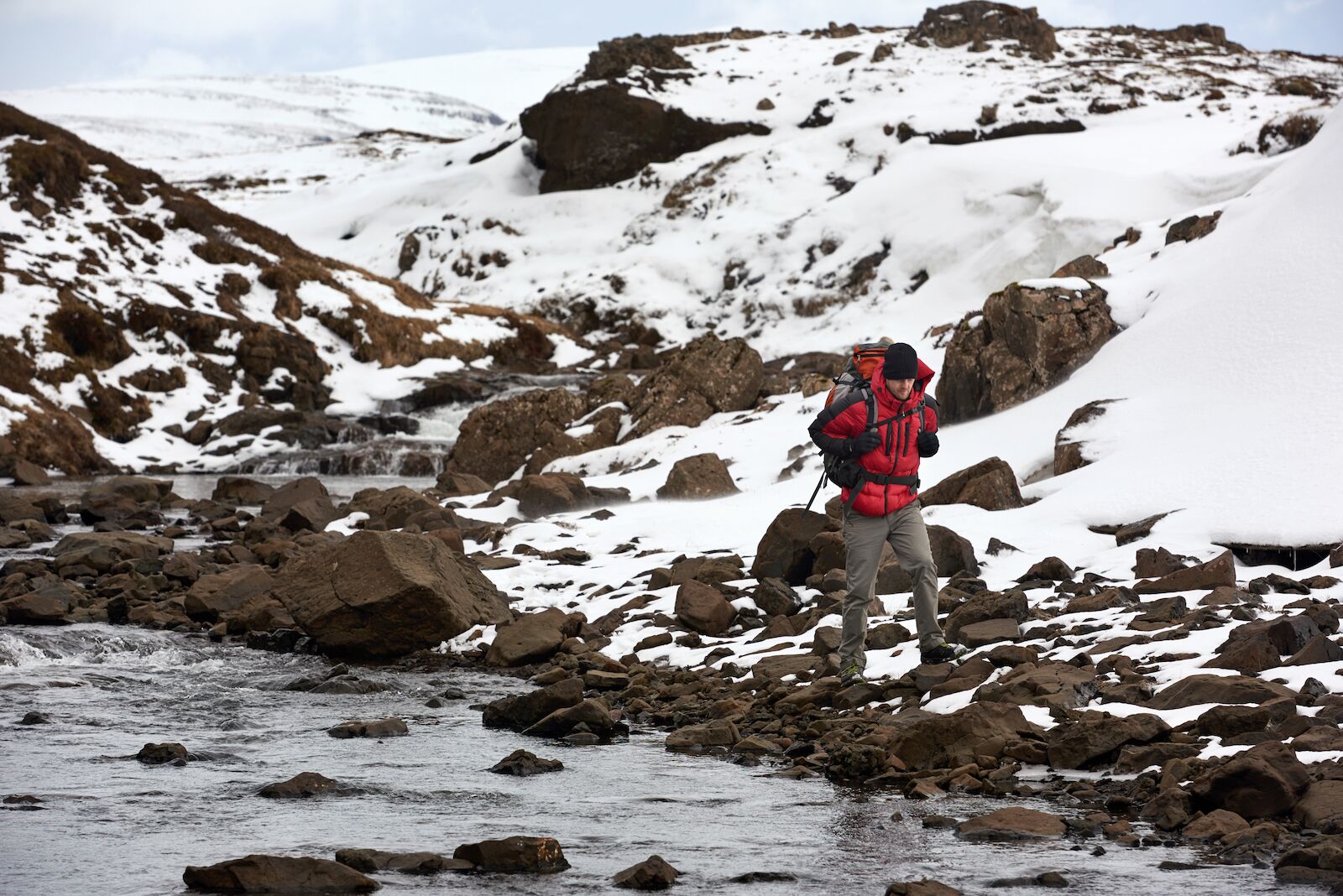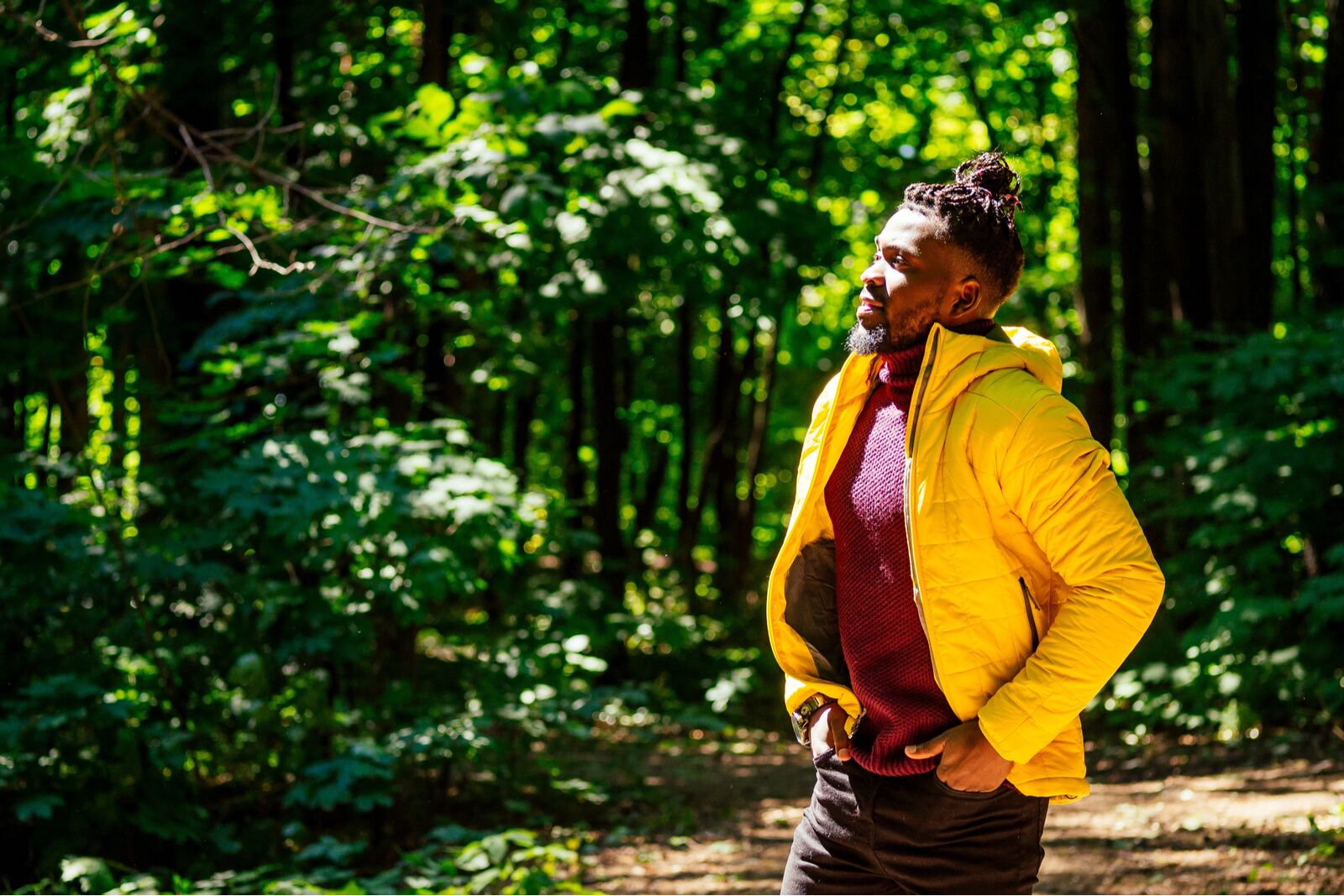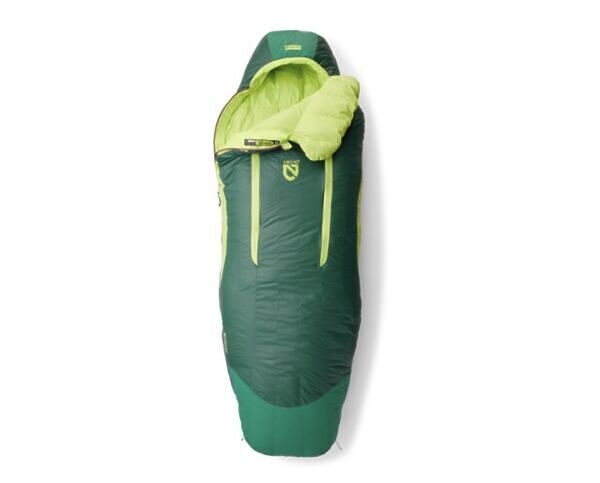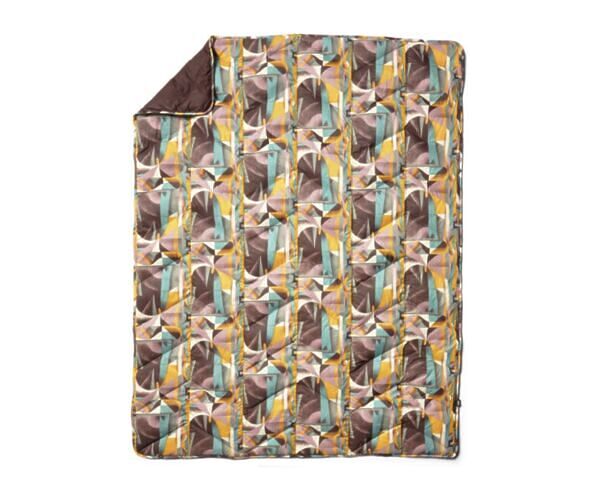The “swoosh” sound of your arms swinging while you walk in a puffy jacket is the sound of winter in many places around the globe. Puffy jackets, as they’re commonly called, are a go-to piece of outerwear for pretty much anyone that spends time outdoors in the cold. That’s because they usually come in awesome colors, keep you toasty warm, and are easy to find — almost every outdoor brand makes at least half a dozen. But while you can’t see the feathers inside your puffy, the fill — down — is sourced from geese and ducks. Historically, those geese and ducks haven’t been raised in good conditions, and the process for extracting the feathers has been harmful to the animals.
That makes it very much not ethically sourced down.
There are, however, lots of ways to ensure you are buying ethically sourced down. Here’s the low-down on why ethically sourced down matters, how to find it, and some great gear from brands leaning into the sustainable movement.







